A faster, more accurate way to detect disease-resistant yams
Yam anthracnose disease attacks the water yam, an important food crop in West Africa. In the field, the disease is influenced by the weather, and measuring its severity is subject to human error. Lava Kumar, Kolade Olufisayo and colleagues at IITA have developed a more accurate method to evaluate this disease.
A healthy leaf is placed in a Petri dish and inoculated with spores. At different time points, up to 14 days, images are captured with a digital camera. The percentage of the leaf that is covered with lesions is later measured using a program called Leaf Doctor, and percentage ranges converted to a rating scale. “By evaluating the leaves in the lab instead of in the field, we can test 100 samples for USD15 each in a week. This gives us a fast, cheap and accurate way to see which genotypes of water yam are disease resistant. Developing convenient lab assays is essential for improving the efficiency of phenotyping and breeding for resistant varieties,” explains Kumar.
SHARE THIS
